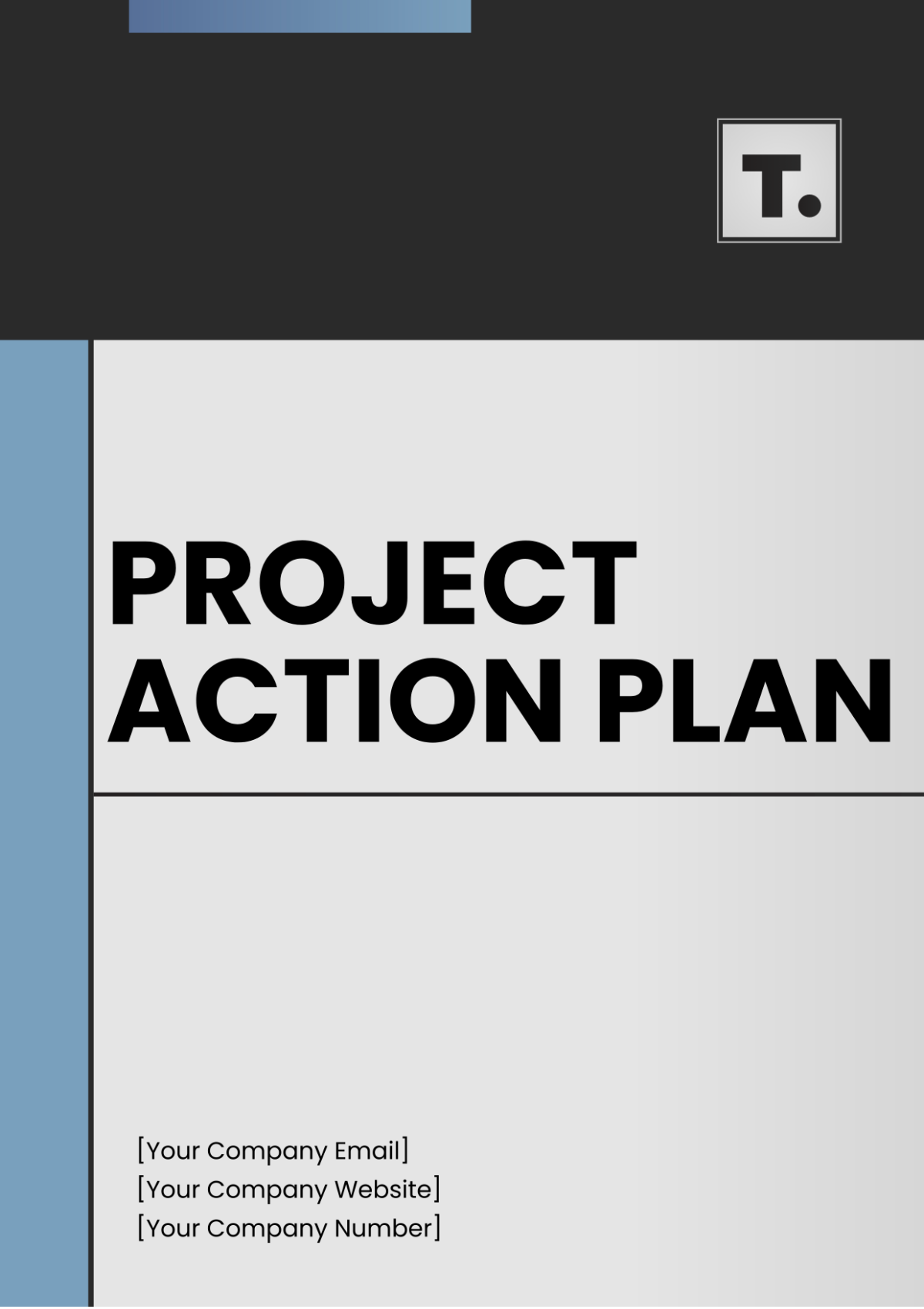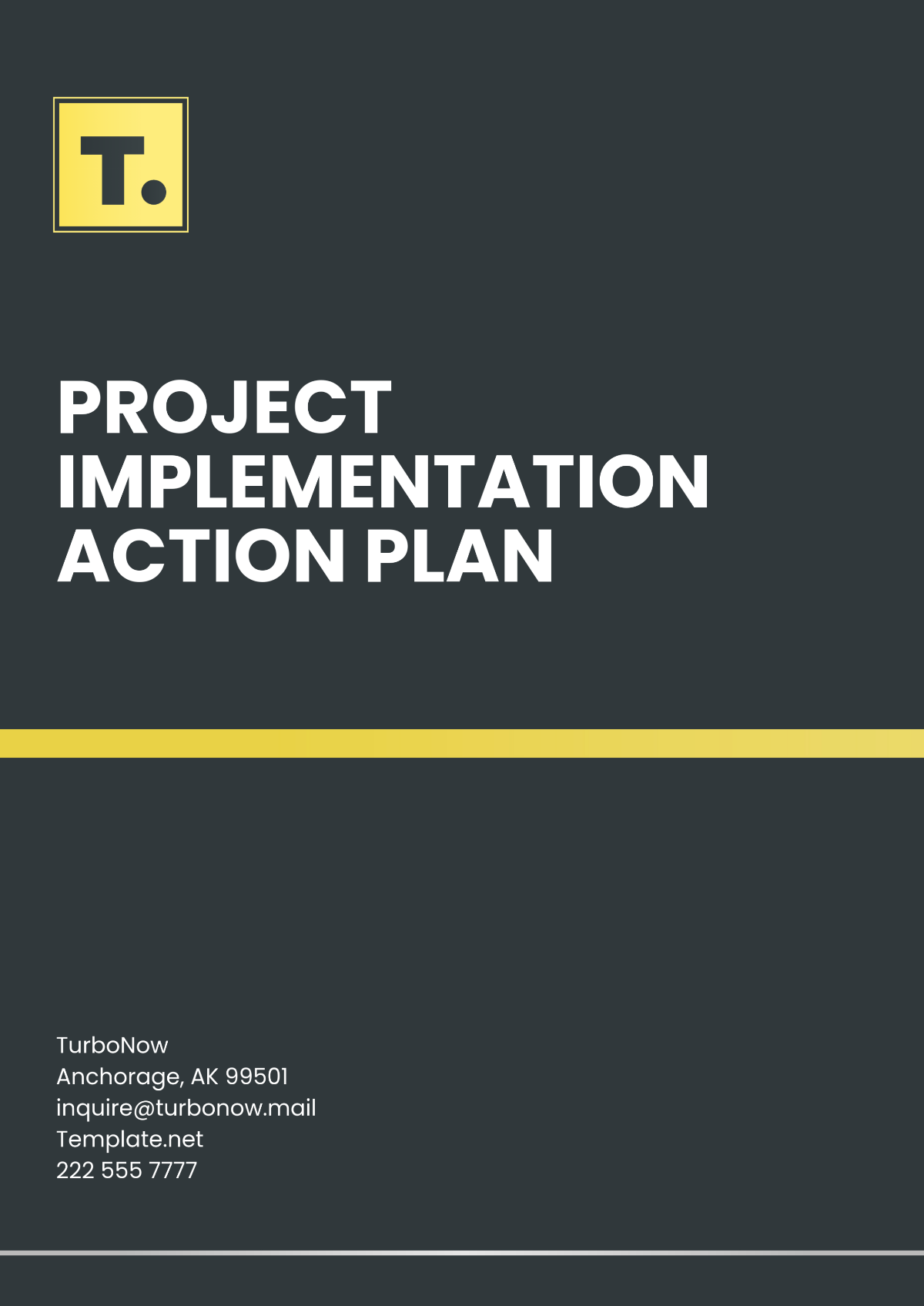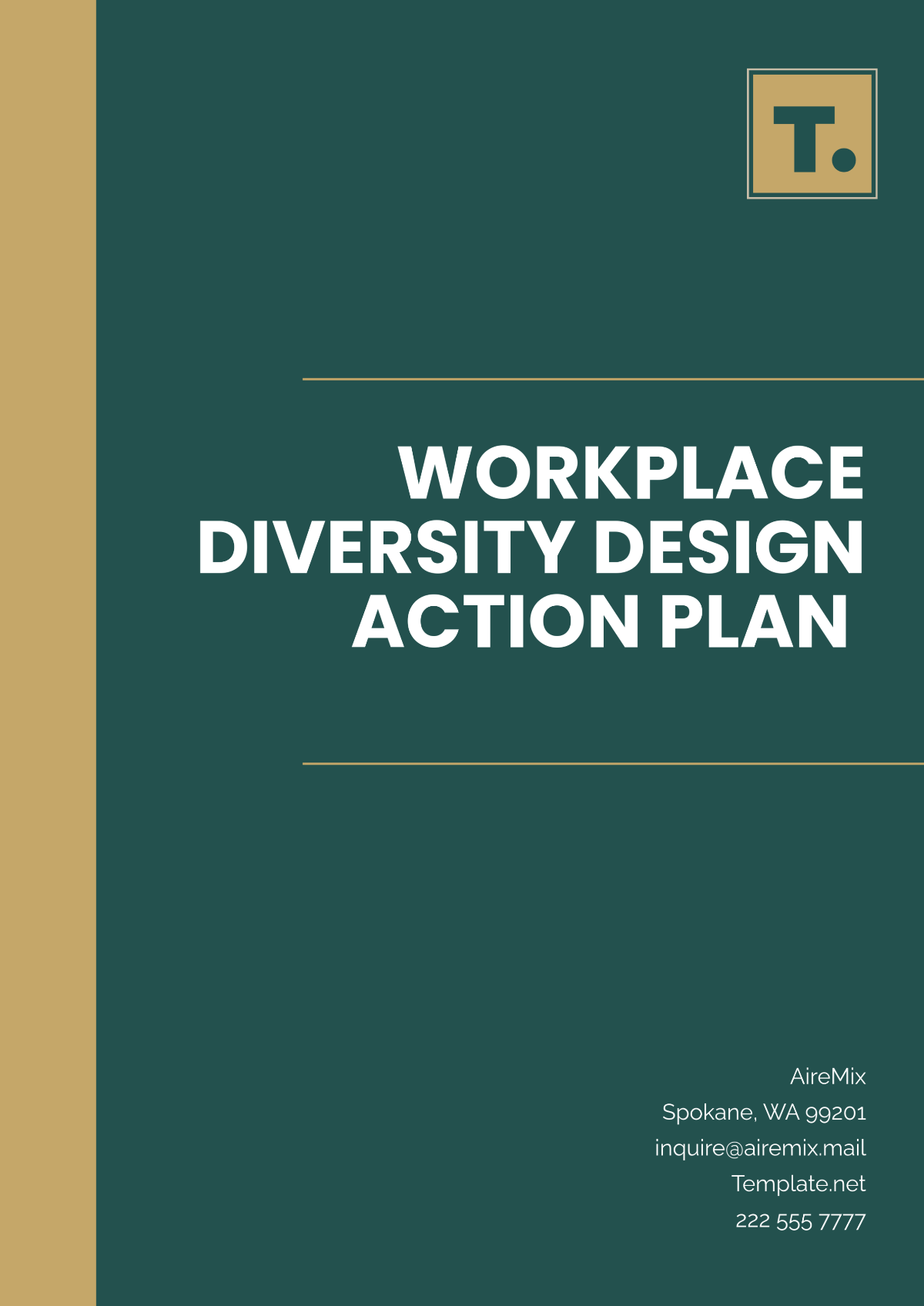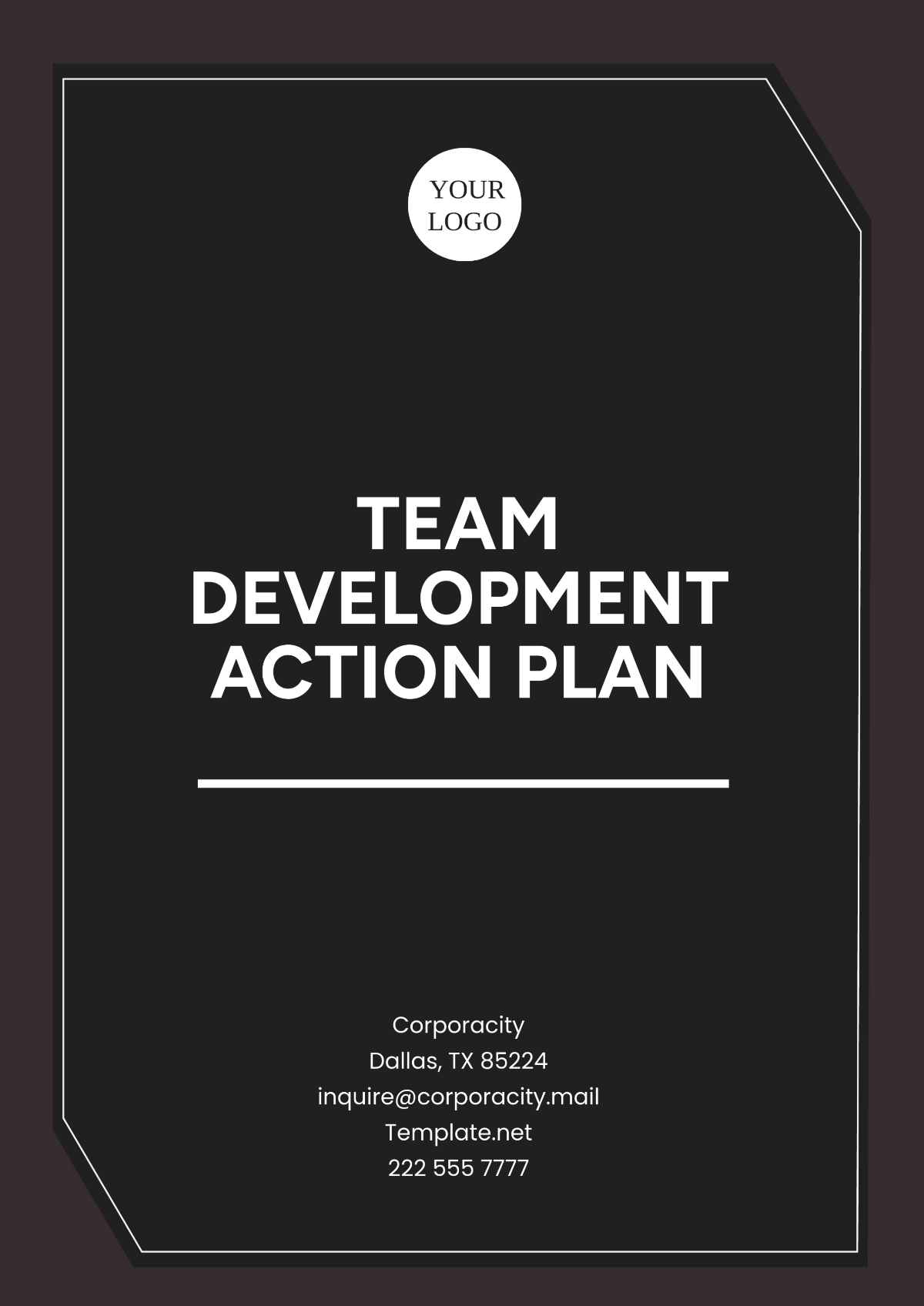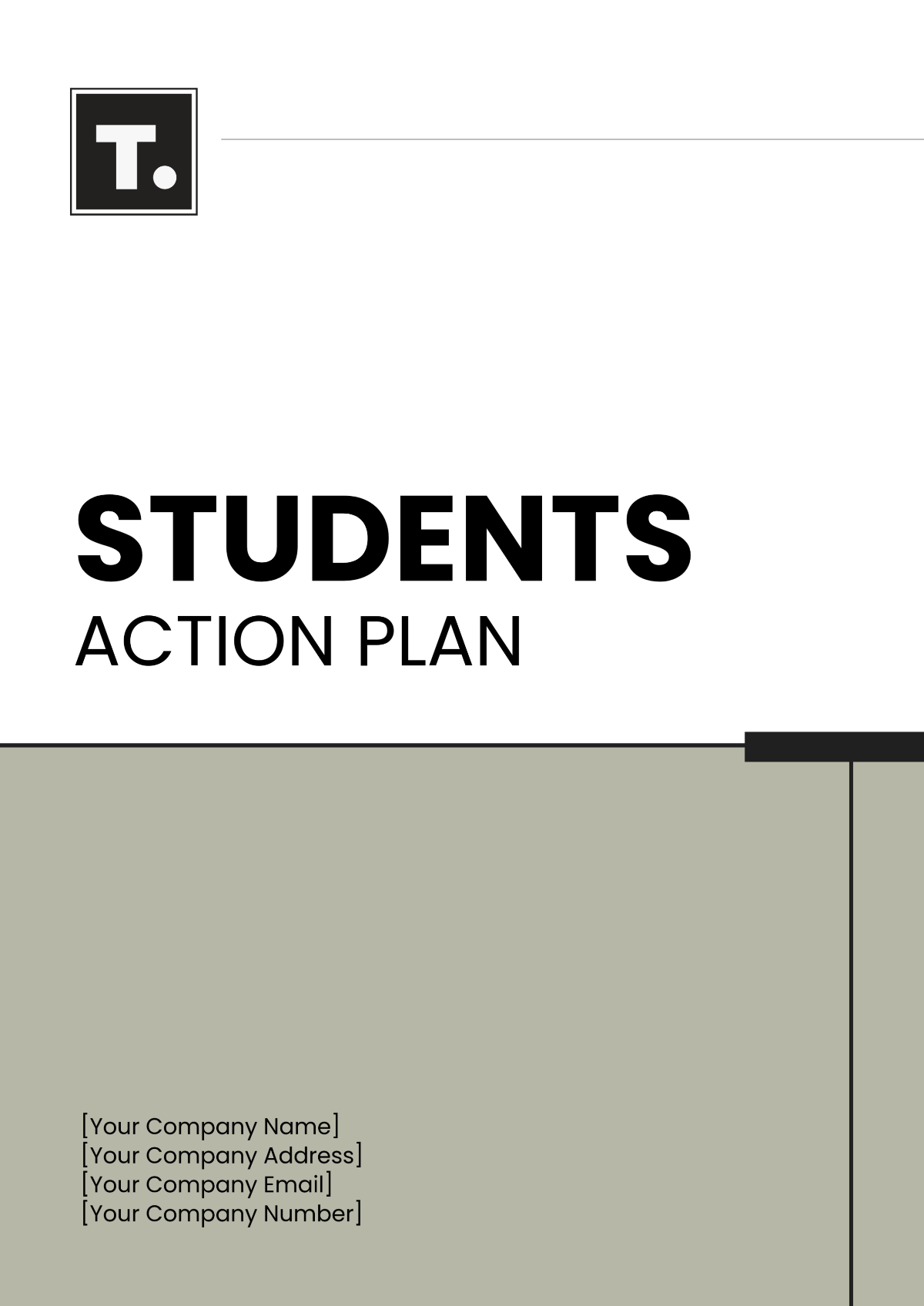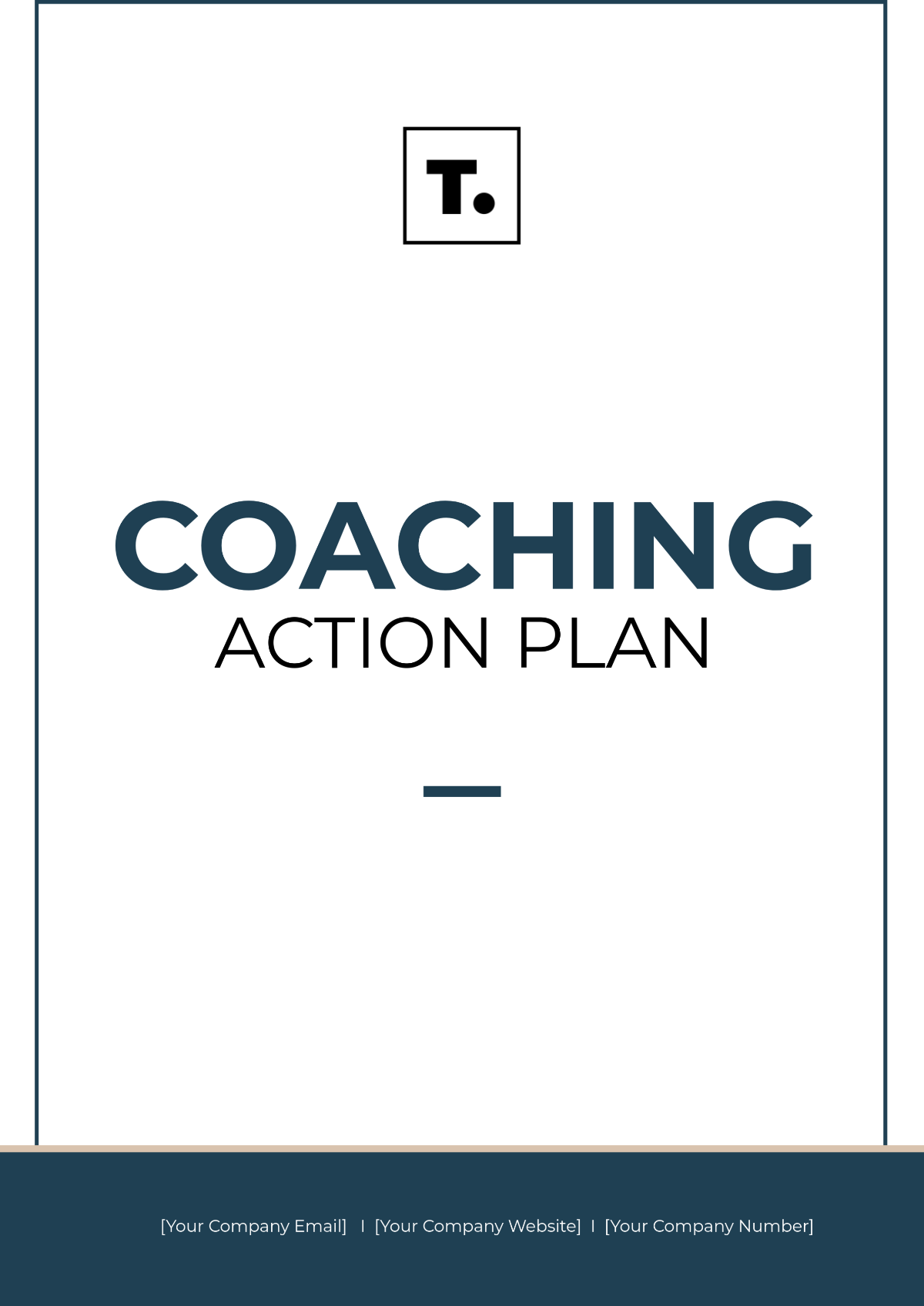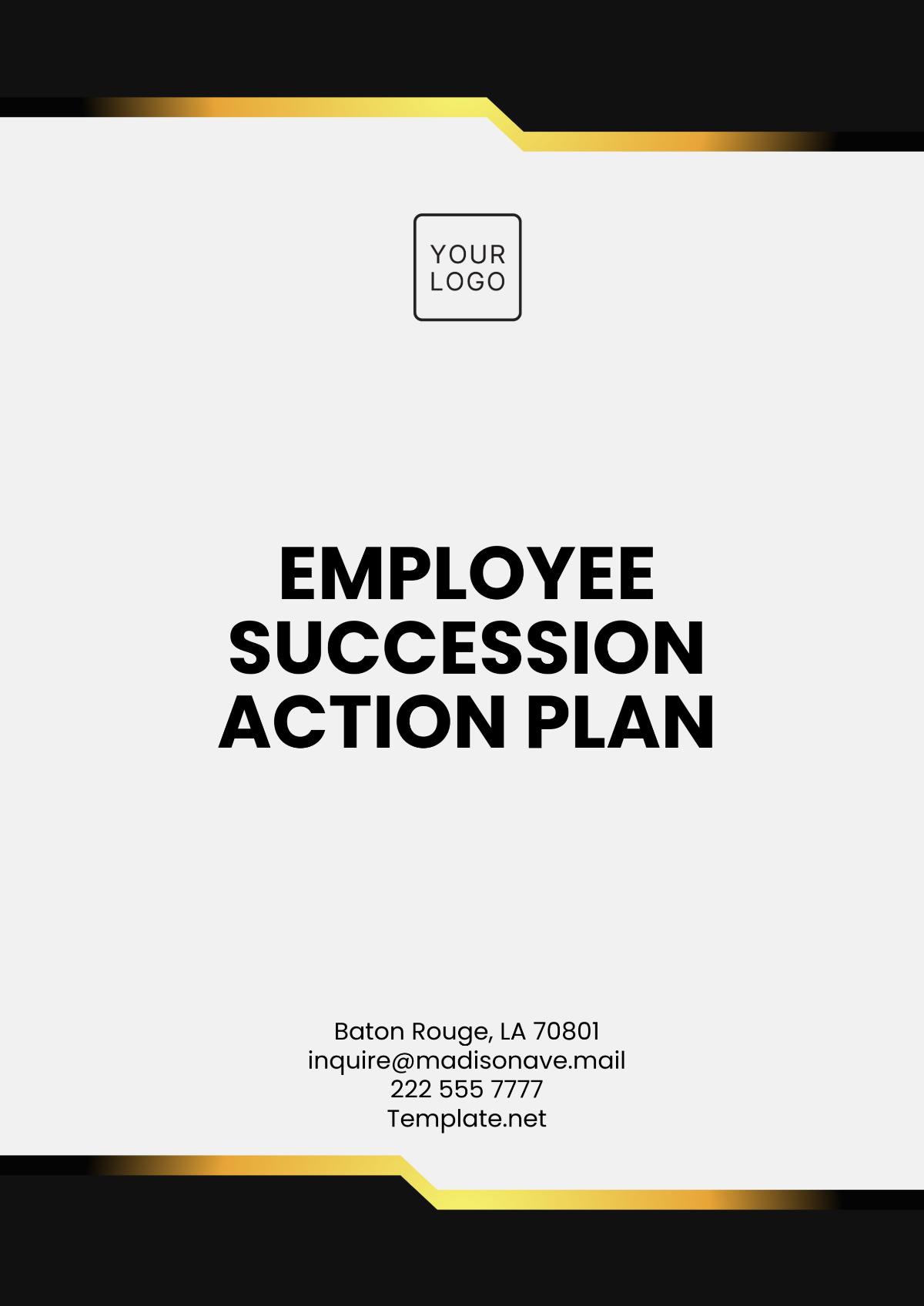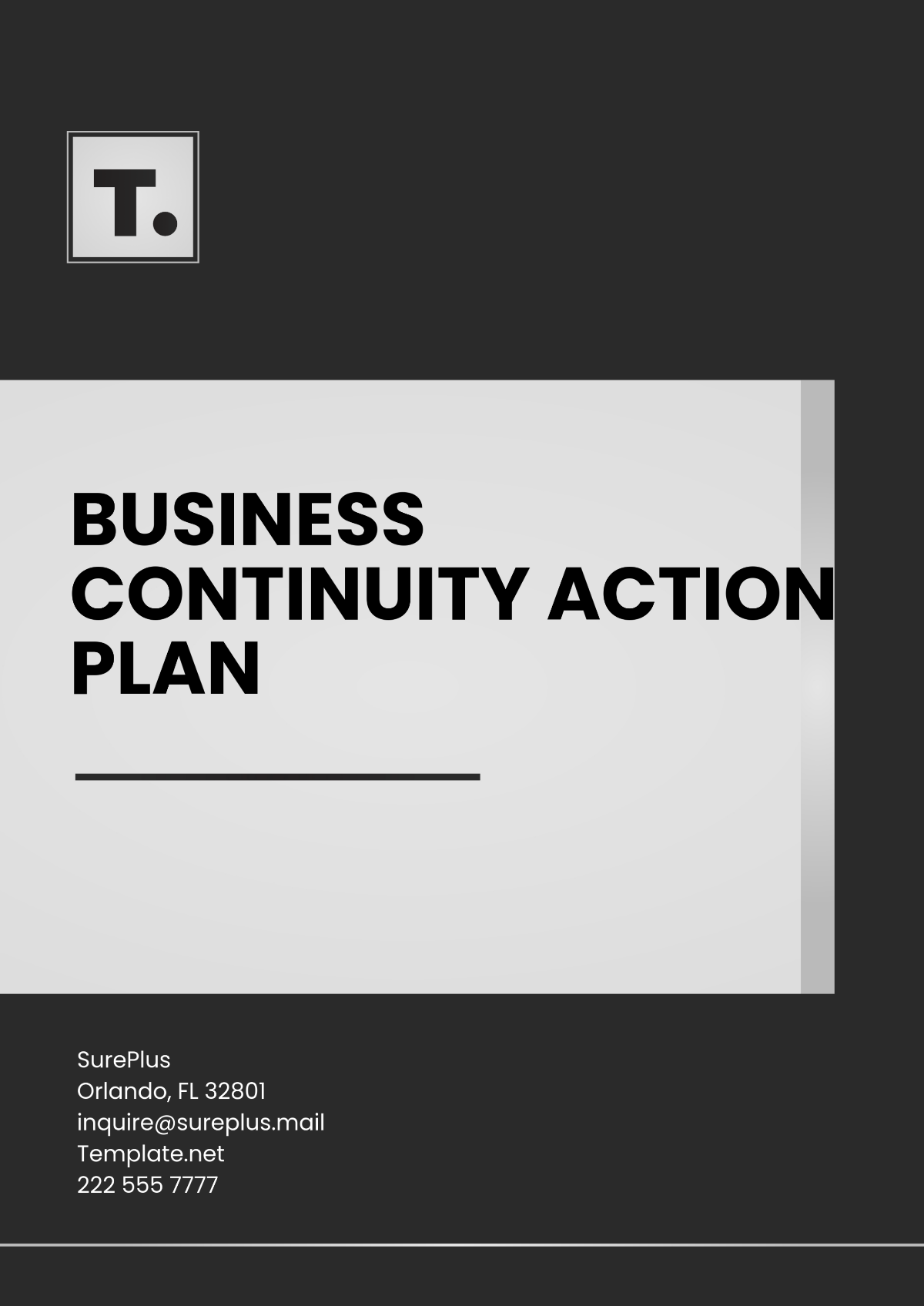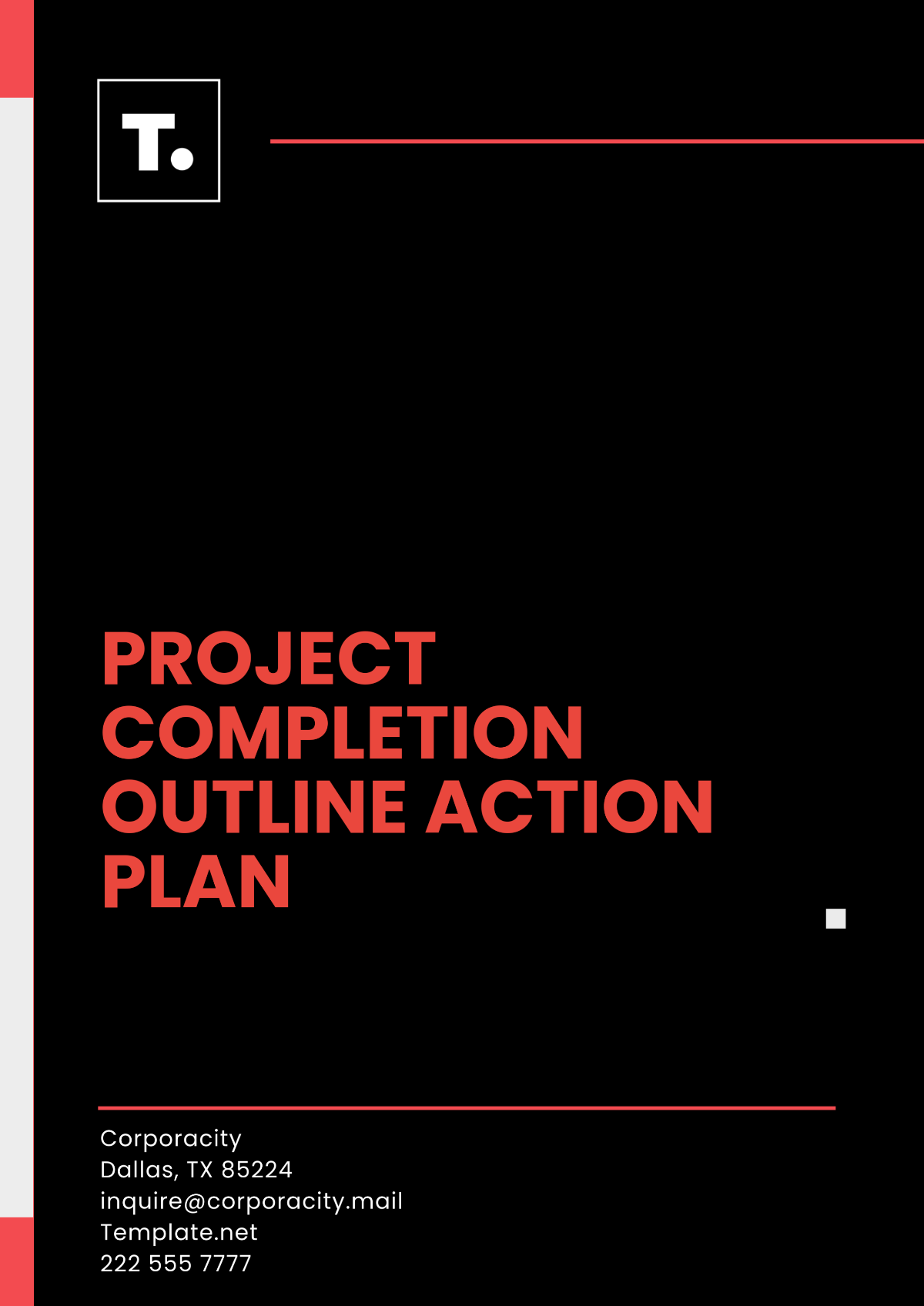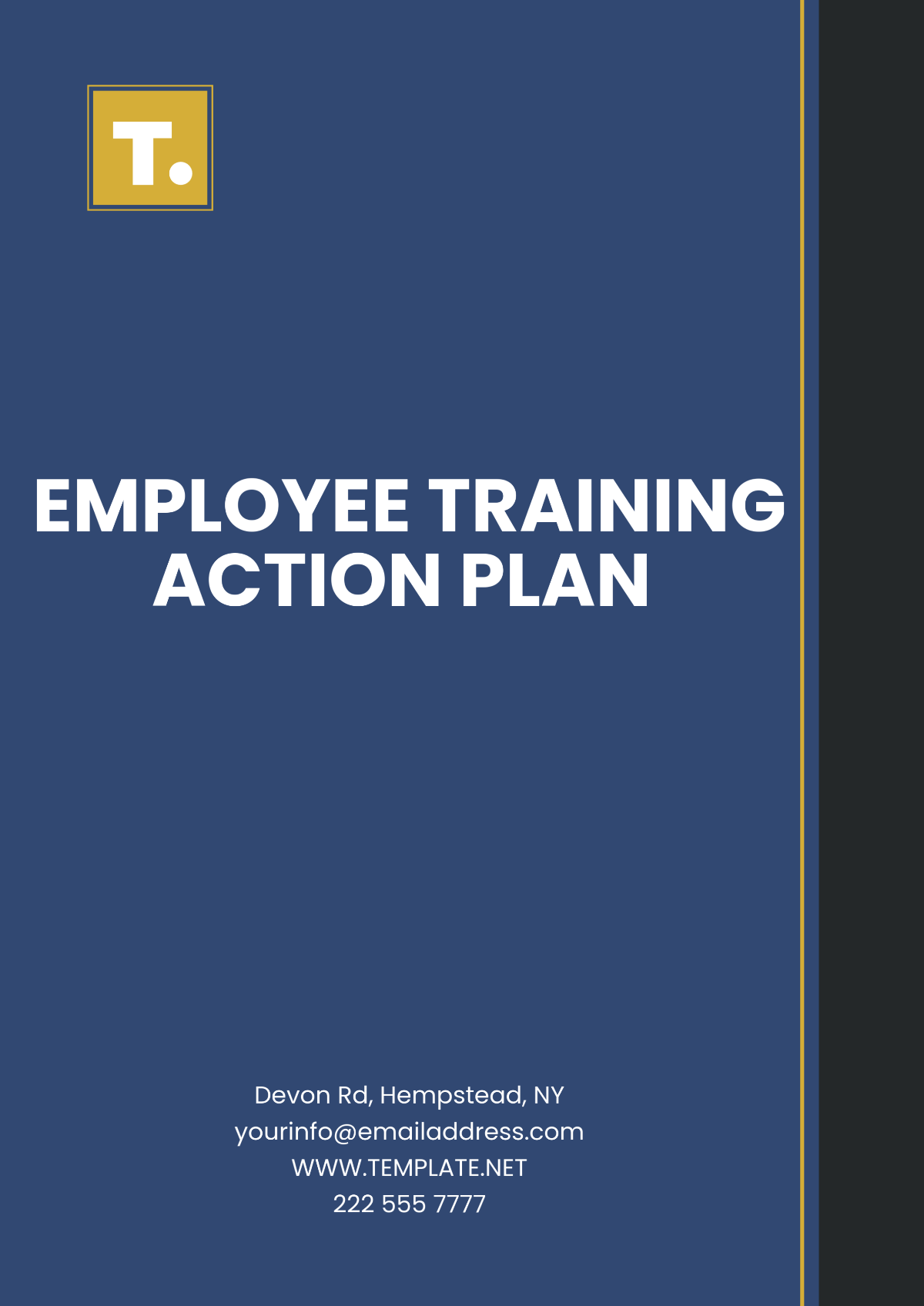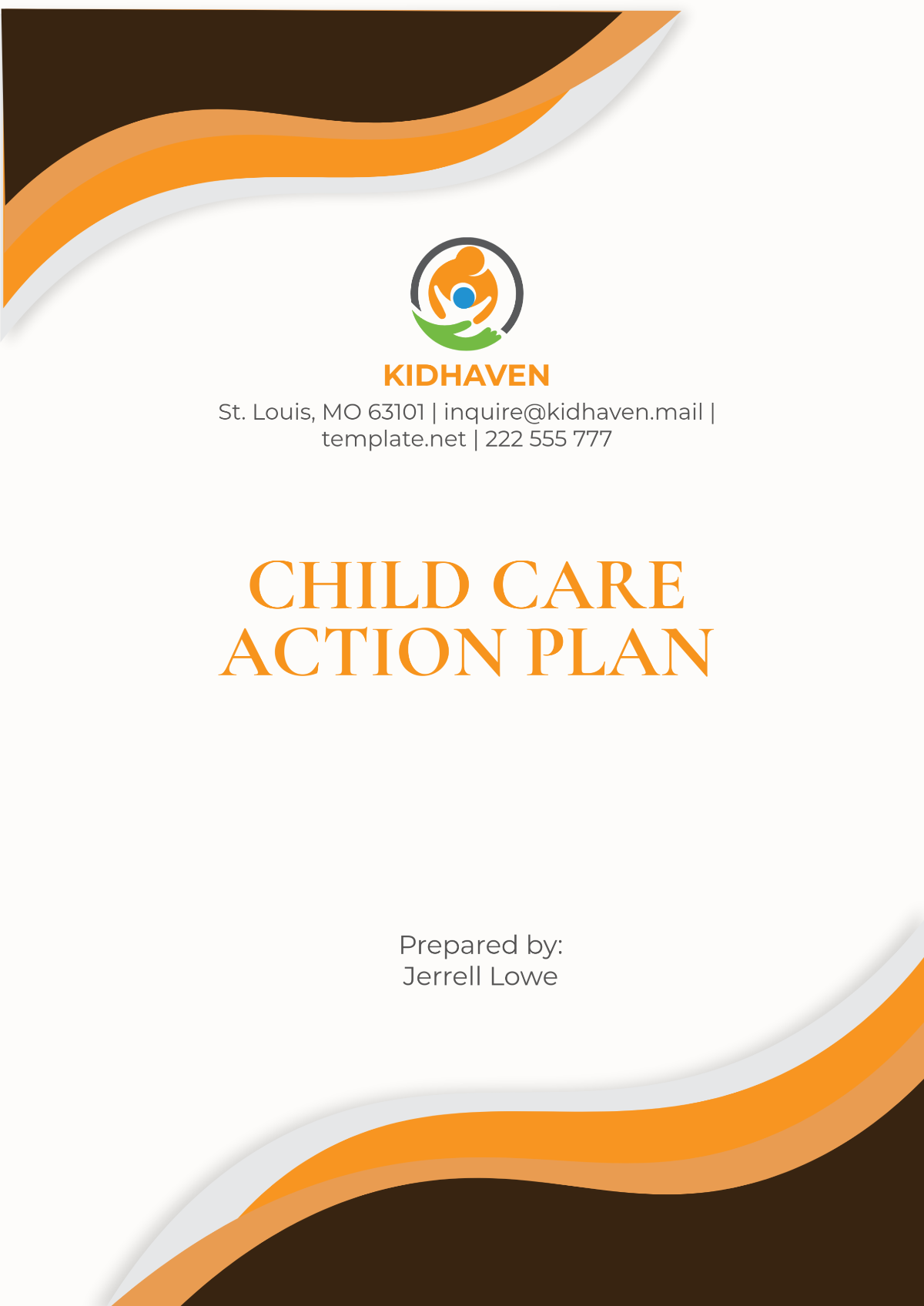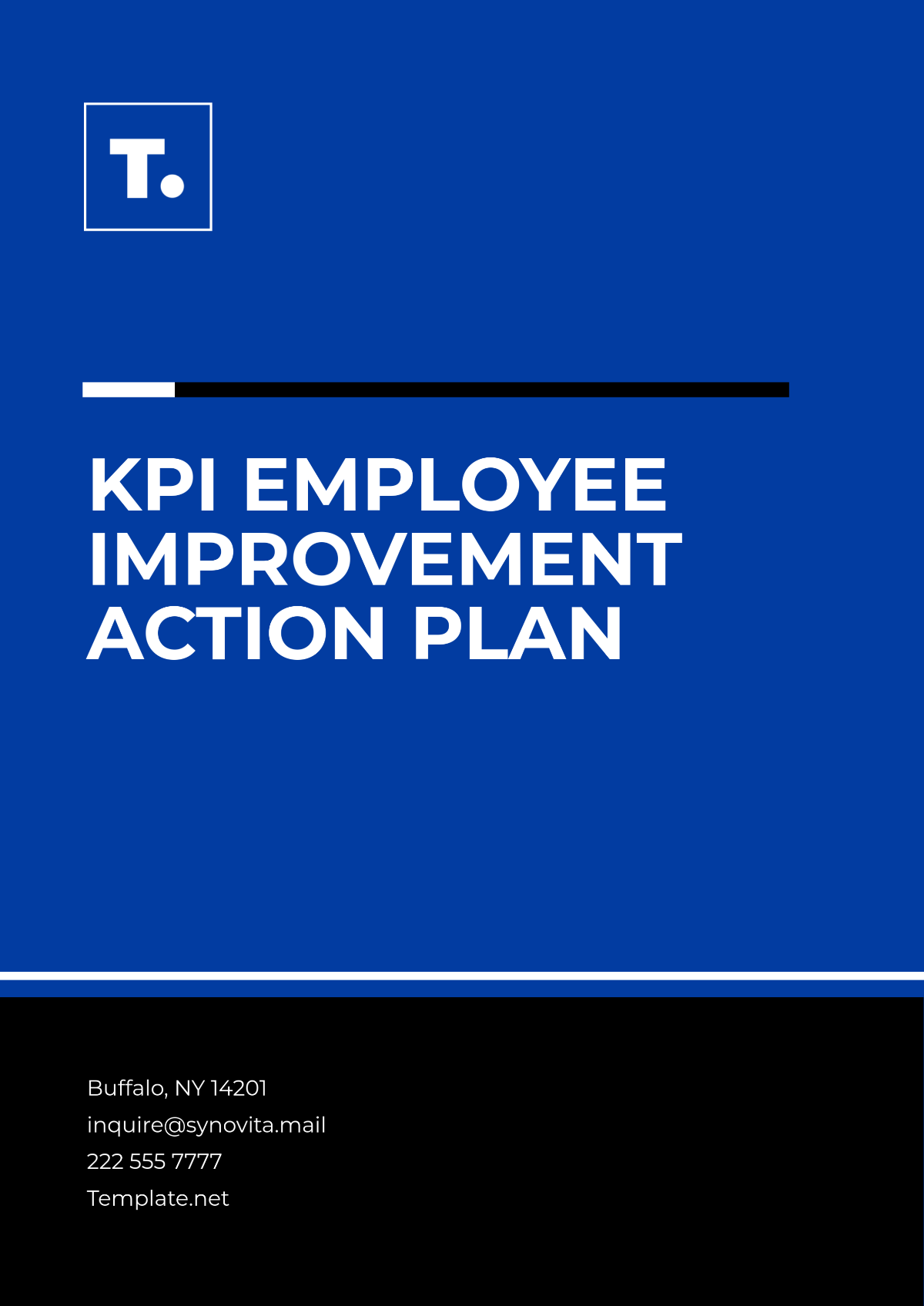School Diversity and Inclusion Strategy
I. Introduction
In today's educational landscape, fostering diversity and inclusion is not just a goal but a necessity. [Your Company Name] recognizes this imperative and is committed to creating an environment where every individual feels valued, respected, and included. Our Diversity and Inclusion Strategy serves as a comprehensive roadmap meticulously designed to steer our concerted efforts towards embracing diversity in all its various forms. This strategy underscores our unwavering commitment to fostering an environment that not only acknowledges but also celebrates the myriad differences among individuals. In addition to promoting diversity, it aims to nurture and sustain a culture of inclusivity throughout our entire school community. By following this carefully crafted plan, we endeavor to create a welcoming and supportive atmosphere where every member feels valued, respected, and empowered to contribute their unique perspectives and talents.
II. Vision and Goals
Our vision is to create a school environment that celebrates diversity, where all individuals are empowered to thrive and succeed. To achieve this vision, we have established the following goals:
Increase the representation of underrepresented groups among students, faculty, and staff.
Create a curriculum that reflects the diversity of our student body and promotes cultural awareness.
Implement policies and practices that ensure equal opportunities for all members of our community.
Foster a culture of respect, empathy, and understanding among students, faculty, and staff.
III. Assessing the Current State
To develop an effective Diversity and Inclusion Strategy, we first conducted a comprehensive assessment of our current state. This assessment included:
Demographic Analysis: We analyzed the demographic composition of our student body, faculty, and staff to identify areas of underrepresentation and inform our diversity goals.
Policy Review: We reviewed our existing policies and practices related to diversity and inclusion to identify areas for improvement.
Stakeholder Feedback: We gathered feedback from students, faculty, staff, and parents through surveys and focus groups to understand their experiences and perspectives on diversity and inclusion at [Your Company Name].
IV. Strategy Development
Based on the assessment of our current state, we have developed a multifaceted strategy to enhance diversity and inclusion at [Your Company Name]. This strategy includes the following key components:
Recruitment and Retention: Implement strategies to attract and retain a diverse student body, faculty, and staff.
Curriculum Enhancement: Integrate diverse perspectives into the curriculum to promote cultural awareness and understanding.
Professional Development: Provide ongoing training and development opportunities for faculty and staff to enhance their cultural competence.
Community Engagement: Engage with the local community to promote diversity and inclusion and foster partnerships with organizations that share our values.
Support Services: Provide support services for students from diverse backgrounds to ensure their academic success and well-being.
V. Implementation Plan
The implementation of our Diversity and Inclusion Strategy will be guided by a detailed plan that includes the following components:
Timeline: A timeline outlining the steps to be taken and the timeframe for implementation of each initiative.
Resources: Allocation of resources, including funding, personnel, and support, to ensure the successful implementation of the strategy.
Responsibilities: Identification of individuals or teams responsible for each initiative and the monitoring of progress.
Monitoring and Evaluation: Establishment of a monitoring and evaluation framework to assess the effectiveness of the strategy and make adjustments as needed.
VI. Educational Programs
At [Your Company Name], we believe that education plays a crucial role in promoting diversity and inclusion. Our educational programs are designed to integrate diverse perspectives into the curriculum and provide students with opportunities to learn about different cultures, histories, and experiences.
Curriculum Integration: We are committed to integrating diversity and inclusion into all aspects of our curriculum, from kindergarten through high school. This includes incorporating diverse perspectives into lesson plans, reading materials, and classroom discussions. Our goal is to ensure that students are exposed to a wide range of ideas and experiences, helping them develop a deeper understanding and appreciation of diversity.
Professional Development: We provide ongoing professional development opportunities for our faculty to enhance their cultural competence and teaching skills. This includes workshops, seminars, and conferences focused on diversity and inclusion in education. By investing in our teachers, we aim to create a more inclusive learning environment for our students.
Student-Led Initiatives: We support student-led initiatives and clubs that promote diversity and inclusion. These clubs provide students with a platform to raise awareness about important issues, celebrate diversity, and advocate for positive change within our school community.
VII. Community Engagement
At [Your Company Name], we recognize the importance of engaging with the broader community to promote diversity and inclusion. We actively seek partnerships with local organizations and businesses that share our commitment to these values.
Partnerships: We partner with local organizations that focus on diversity and inclusion to collaborate on projects, events, and initiatives that benefit our students and the community. These partnerships help us broaden our impact and reach a wider audience with our message of inclusivity.
Outreach Programs: We conduct outreach programs to involve parents and local community members in our efforts to promote diversity and inclusion. These programs include parent workshops, community forums, and cultural events that celebrate diversity and promote understanding.
Events and Activities: We organize events and activities throughout the year that celebrate diversity and promote inclusion. These events include cultural festivals, guest speaker presentations, and community service projects that bring people together and foster a sense of unity.
VIII. Support Services
Support services are essential for ensuring that all students, regardless of their background, have equal opportunities to succeed. At [Your Company Name], we offer a range of support services to help students from diverse backgrounds thrive academically and socially.
Counseling and Support: We provide counseling and support services for students from diverse backgrounds to help them navigate academic, personal, and social challenges. Our counselors are trained to understand the unique needs of each student and provide tailored support.
Training for Faculty and Staff: We offer training programs for faculty and staff to enhance their cultural competence and understanding of diversity and inclusion issues. This training helps ensure that all members of our school community are equipped to create a welcoming and inclusive environment.
Accessibility Initiatives: We have implemented accessibility initiatives to ensure that students with disabilities have equal access to educational opportunities. These initiatives include providing assistive technologies, making physical accommodations, and offering support services to help students succeed.
IX. Monitoring and Evaluation
Monitoring and evaluation are essential for assessing the effectiveness of our Diversity and Inclusion Strategy and making informed decisions about future initiatives. At [Your Company Name], we have established a robust monitoring and evaluation framework to track our progress and identify areas for improvement.
Regular Review: We conduct regular reviews of our diversity and inclusion initiatives to assess their impact and effectiveness. These reviews include gathering feedback from students, faculty, staff, and parents, as well as analyzing data on student outcomes and experiences.
Data Collection: We collect data on student demographics, academic performance, and participation in diversity and inclusion programs to track progress toward our goals. This data helps us identify trends and patterns that inform our decision-making process.
Adjustment of Strategies: Based on our monitoring and evaluation findings, we make adjustments to our strategies and initiatives to ensure they remain relevant and effective. This iterative process allows us to continuously improve our efforts to promote diversity and inclusion at [Your Company Name].
Aspect | Method | Frequency | Responsible Party |
|---|---|---|---|
Student Feedback | Surveys, Focus Groups | Annually | Diversity Committee |
Faculty and Staff Training | Pre and Post Assessment | Bi-Annually | Professional Development Team |
Student Outcomes | Academic Performance Data | Semesterly | Data Analysis Team |
Program Effectiveness | Program Evaluation | Yearly | Diversity Committee |
X. Conclusion
[Your Company Name] is dedicated to cultivating a school environment that not only recognizes the value of diversity and inclusion but actively promotes and celebrates it. By implementing our comprehensive strategy, we aim to create a community where all individuals feel respected, valued, and included. Through ongoing monitoring, evaluation, and adaptation, we are committed to ensuring that our efforts to promote diversity and inclusion are effective and sustainable. Together, we can create a school environment where diversity is embraced as a strength, and inclusion is the norm.
